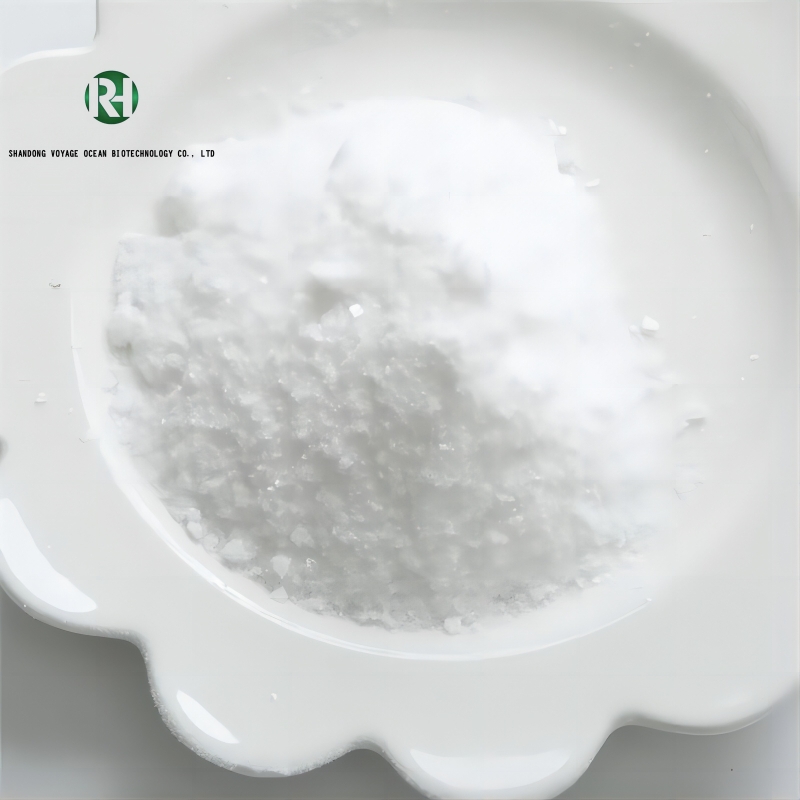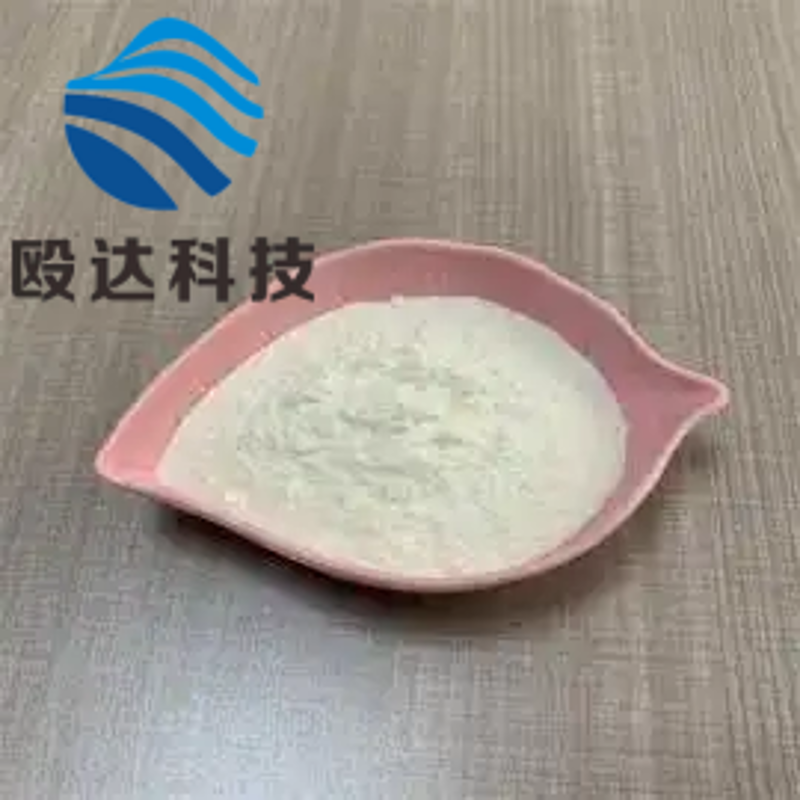-
Categories
-
Pharmaceutical Intermediates
-
Active Pharmaceutical Ingredients
-
Food Additives
- Industrial Coatings
- Agrochemicals
- Dyes and Pigments
- Surfactant
- Flavors and Fragrances
- Chemical Reagents
- Catalyst and Auxiliary
- Natural Products
- Inorganic Chemistry
-
Organic Chemistry
-
Biochemical Engineering
- Analytical Chemistry
- Cosmetic Ingredient
-
Pharmaceutical Intermediates
Promotion
ECHEMI Mall
Wholesale
Weekly Price
Exhibition
News
-
Trade Service
This standard refers to the international standard ISO1184-1983 "Determination of Tensile Properties of Plastic Films"
.
1 Topic content and scope of application This standard specifies the tensile properties test method of plastic films and sheets
.
This standard applies to plastic films and sheets
with a thickness of less than 1 mm.
Not suitable for reinforcing films, microporous sheets and films
.
2 Reference standard GB 2918 plastic specimen state adjustment and test standard environment GB 6672 plastic film and sheet thickness measurement mechanical measurement method 3 test equipment 3.
1 Any testing machine that can do tensile testing and meet the requirements of articles 3.
2, 3.
3, 3.
4 can be used
.
3.
2 The testing machine should be equipped with appropriate fixtures, the fixture should not cause the specimen to break at the fixture, when any load is applied, the fixture on the testing machine should be able to immediately align into a line, so that the long axis of the specimen coincides
with the direction of tension through the centerline of the fixture.
3.
3 The movement speed of the test fixture shall meet the specified requirements
.
3.
4 The test machine indication value is between 10% and 90% of the full value of the recorder (or the full scale of each level of the dial), and the indication error should be within 1% of
the taxi.
3.
5 The instrument measuring the thickness shall meet the requirements
in GB6672.
Testing equipment: ETT-H20D horizontal anti-tension peel testing machine 4 specimen 4.
1 specimen shape and size This method specifies the use of four types of specimens, I, I, III.
type for dumbbell-shaped specimens
.
See Figure 1~Figure 3
.
Type IV.
is a long strip specimen with a width of 10 to 25 mm, a total length of not less than 150 mm, and a gauge spacing of at least 50 mm
.
4.
2 Sample selection can be selected according to different products or according to the provisions of existing product standards
.
In general, specimens with large elongation should not use specimens that are too wide
.
4.
3 Specimen preparation 4.
3.
1 Specimens should be cut
at approximately equal intervals in the direction of sample width.
4.
3.
2 Dumbbell-shaped and long strip specimens can be punched with punching knives, and long strip specimens can also be cut with other cutting knives
.
Specimens prepared by various methods should meet the requirements of
4.
1.
The edges of the specimen are smooth and notched
.
Notches can be inspected with a low magnification to discard specimens
with defective edges.
4.
3.
3 Accurately print or draw reticulated lines
according to the requirements of specimen size.
This reticle should have no effect on
the specimen.
4.
4 The number of specimens is grouped according to each test direction, and each group of specimens is not less than 5
.
5 Test conditions 5.
1 Specimen state adjustment and test standard environment according to the standard environment normal deviation range specified in GB2918 for state adjustment, time is not less than 4 h, and test
in this environment.
5.
2 Test speed (no load) 5.
2.
1 Test speed is as follows: a.
1 taxi 0.
5 mm/min; b.
2 x 0.
5 mm/min or 2.
5 x 0.
5 mm/min; c.
5 soil 1 mm/min; d.
10 x 2 mm/min; e.
30+3 mm/min or 25 taxis 2.
5 mm/min; f.
50 x 5 mm/min; 100 sec.
10 rmm/min; h.
200+20 mm/min or 250 mm/min; i.
500 taxis 50 mm/min
.
5.
2.
2 The speed selection shall be made according to the speed required by the relevant provisions of the material to be measured
.
If there is no specified speed, the lower speed is used for hard and semi-hard materials, and the higher speed
is used for soft materials.
When determining the tensile modulus of elasticity, the velocity a or b should be selected
.
6 Test step 6.
1 Measure the thickness of the specimen with the gage specified in GB6672 with the upper and lower sides as flat, and measure the specimen width
with a gage with an accuracy of 0.
1 mm or more.
The thickness and width of each specimen should be measured at three points within the gauge distance, taking the arithmetic average
.
Thickness accuracy up to 0.
001 mm and width accuracy to 0.
1 mm
.
The width of the middle parallel section of the dumbbell-shaped specimen can be used with the average width
of the corresponding part of the punching knife.
6.
2 The specimen is placed in the two fixtures of the testing machine, so that the longitudinal axis of the specimen coincides with the center of the upper and lower fixtures, and it should be tightened and appropriate to prevent the specimen from slipping and breaking in the
fixture.
The fixture should be lined with elastic materials
such as rubber.
6.
3 If an elongator is used, before applying stress, the measuring points on both sides of the elongator should be adjusted to match
the scale distance of the specimen.
The elongator should not subject the specimen to a load
.
6.
4 According to the prescribed speed, start the testing machine for testing
.
6.
5 After the specimen breaks, read the required load and the corresponding elongation value
between the reticles.
If the specimen breaks outside the line, the specimen is invalidated and another specimen is reworked
.
7 Calculation and representation of results 7.
1 Tensile strength, tensile fracture stress, tensile yield stress in o.
(MPa) means that the formula (1 calculation: o = L.
.
.
.
.
.
.
.
.
.
.
.
.
.
.
.
· -.
.
.
·· -.
.
.
· .
.
.
.
.
.
.
.
.
.
.
.
.
.
.
.
.
.
(1) In the formula: p - maximum load, fracture load, yield load, N; b—specimen width, mm; d---Specimen thickness, mm
.
7.
2 Elongation at break or yield elongation expressed as &(%), calculated by formula (2>: =l one Lx 100.
.
.
.
.
.
.
.
.
.
.
.
.
.
.
.
.
.
.
.
.
.
.
.
.
.
.
(2) Formula: L - the original reticle distance of the specimen, mm; L - the distance between the lines at specimen breakage or yield, mm
.
7.
3 As a stress-strain curve v calculates the tensile elastic modulus from the initial straight line part of the curve, expressed as E(MPa), calculated by equation (3): a ".
.
.
-.
.
.
.
.
.
.
.
- (3) in equation: o-—— stress, MPa; e——-- strain
.
7.
4 The modulus of strength, stress and elasticity shall take three significant digits, and the elongation shall take two significant digits, which may also be specified
separately in the product standard.
Expressed as the arithmetic mean of the test results of each set of specimens
.
7.
5 If the standard deviation value S is required, the formula (4 calculates t> (x -- X) 2s = n-i.
.
.
.
-.
.
.
.
.
.
.
· .
.
.
.
.
.
.
.
.
.
.
.
.
.
.
.
.
.
.
.
--(4) in formula: X——- a single assay; - the average of a set of measured values; n--—— – the number of
values measured.
.
8 The test report test report should include the following contents: a.
national standard code; b.
sample name, material composition, specifications; c.
specimen state adjustment and test standard environment; .
test machine model; e.
Test speed; the average value of the required tensile properties; Trial date, personnel
.







